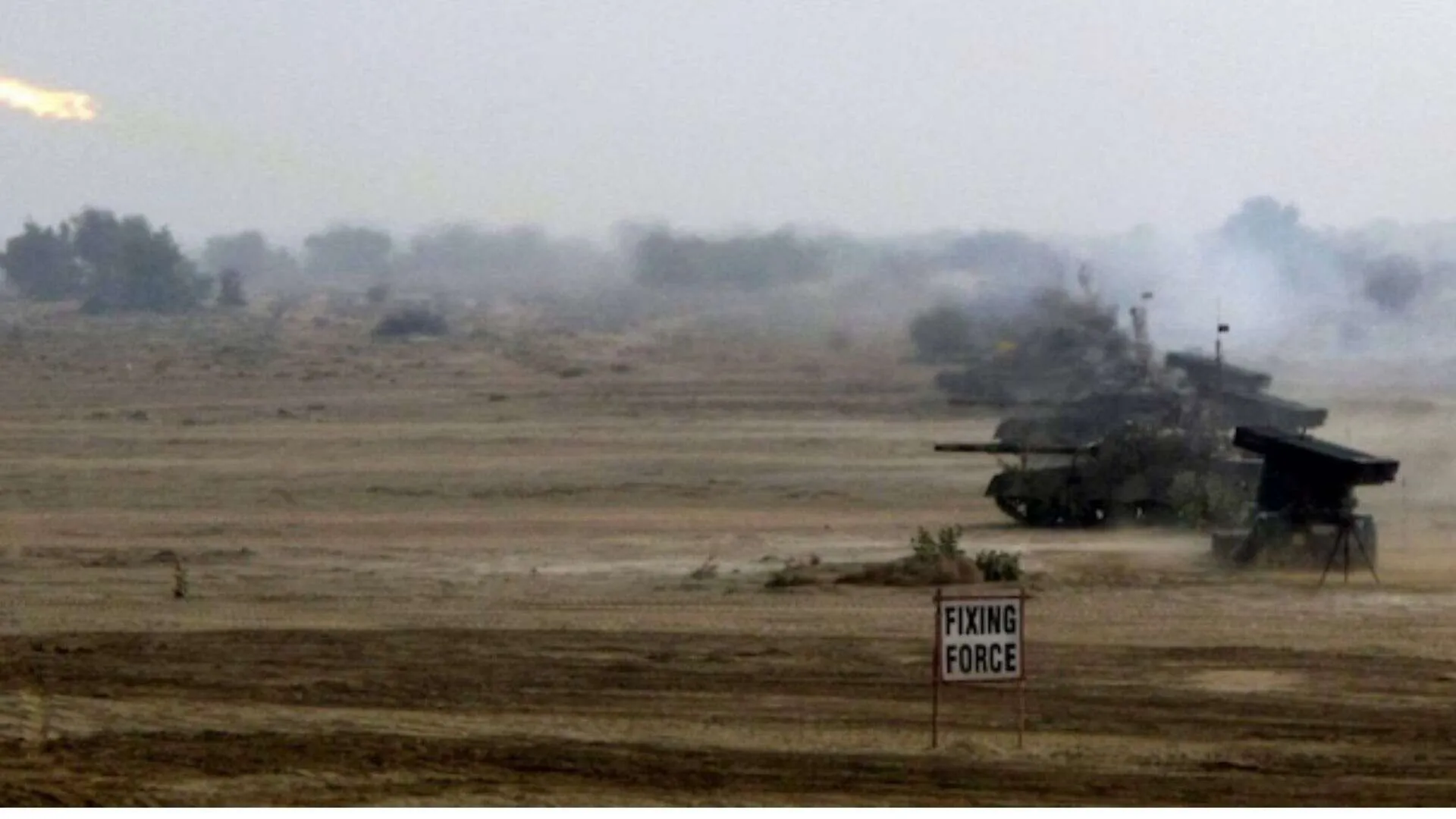Hurricane Beryl struck the Grenadine Islands on July 1 with 150-mph winds and a massive storm surge, marking the earliest Category 5 storm in the tropical Atlantic. The rapid intensification of Beryl, from a tropical storm to a major hurricane within 24 hours, surprised scientists. Brian Tang, an atmospheric science professor at the University at Albany, attributed the storm’s strength to unusually warm waters.
Rising Ocean Temperatures
Research indicates that increasing ocean temperatures are creating more intense hurricanes. Sea surface temperatures in the mid-Atlantic, where many hurricanes form, are alarmingly high, nearing their September average by early July. This raises concerns about the potential severity of the upcoming hurricane season.
Forecasting an Active Season
According to the National Hurricane Center’s early forecast, the North Atlantic could see 17 to 25 named storms, eight to 13 hurricanes, and four to seven major hurricanes by November’s end. Jhordanne Jones, a climate change research fellow at Purdue University, highlighted the high number of named storms predicted.
Shifting Weather Patterns
A shift from El Niño to La Niña is expected to prolong the hurricane season. La Niña, combined with warm Atlantic waters, creates a favorable environment for hurricanes. However, scientists like Ben Clarke from the University of Oxford and Friederike Otto from Imperial College London note that while the frequency of hurricanes may not increase, their intensity likely will.
Impact on Coastal Regions
Hurricanes are now more likely to form outside the traditional season and move more slowly, increasing the risk of flooding. The 2017 trio of deadly hurricanes, Harvey, Irma, and Maria, demonstrated the destructive potential of such storm clusters. Anitha Karthik from Edinburgh Napier University warns that these clusters make hurricane-prone areas increasingly inhospitable.
Climate Colonialism and Vulnerability
Emily Wilkinson, a climate resilience expert at the University of the West Indies, underscores the vulnerability of small island states like Dominica. Hurricane Maria’s devastation in 2017 caused damage equal to 226% of Dominica’s GDP. Dominica’s efforts to rebuild highlight the challenges of overcoming a colonial past that left many Caribbean islands economically disadvantaged.
Calls for Climate Reparations
The legacy of colonialism exacerbates the impact of climate disasters. Researchers Levi Gahman and Gabrielle Thongs emphasize that poverty and social inequality magnify the severity of such events. Dominica’s indigenous Kalinago people offer resilient farming practices, but greater support is needed. Increasing storms underscore the urgency of climate reparations from wealthy nations that have contributed most to climate change.























